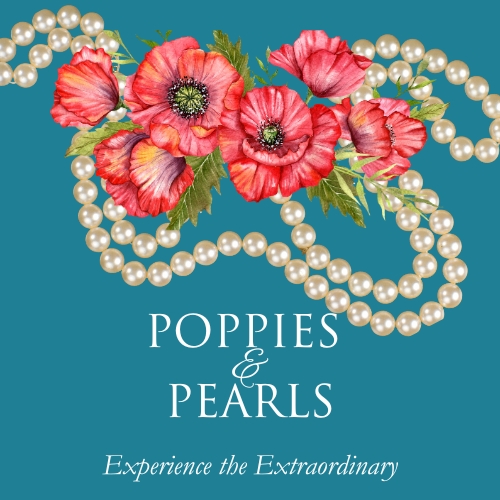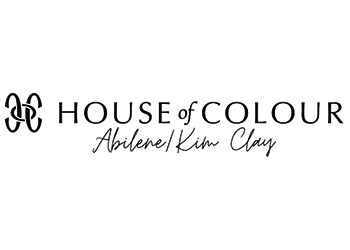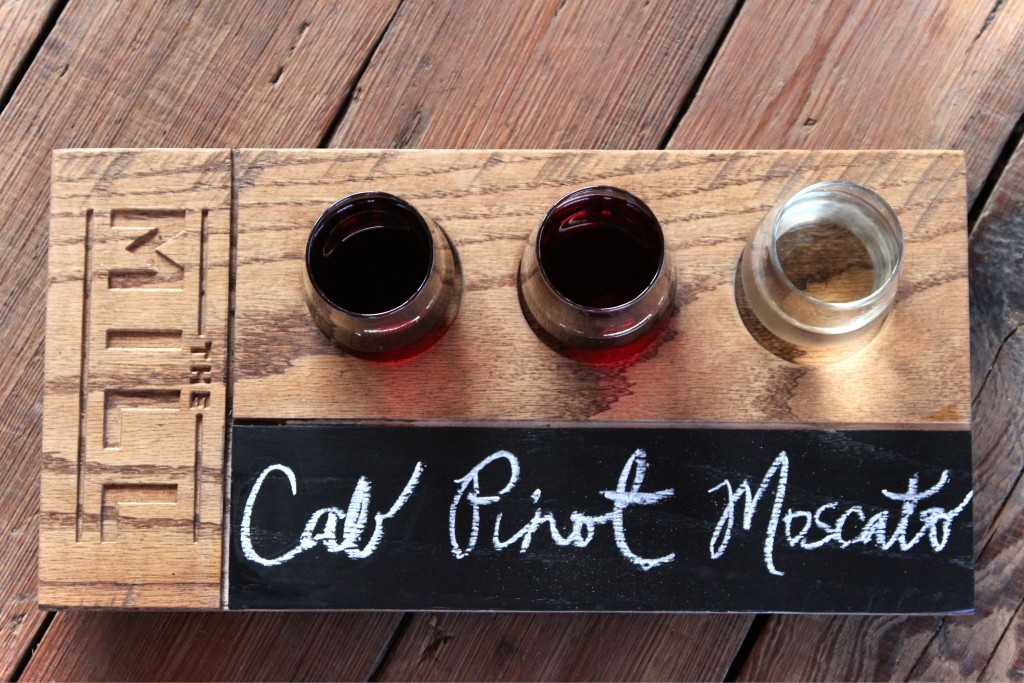By Brady Sloane
Photography by Jennifer Nichols
In “Fake Your Way Through,” Scene covers topics that some people are experts in and some of us…well…aren’t. Helpful hints and tips, as well as a glossary of terms, will be included to help navigate the sometimes rocky waters of social conversation.
Picking up a bottle of wine (an alcoholic beverage made from fermented fruit, primarily grapes) for dinner may seem like a simple task – until you reach the long, packed shelves and aisles at the grocery or liquor store. Choices seem endless (or limiting, depending on your palette and city of origin), and labels can be confusing. Sitting at a restaurant with an extensive wine list or sommelier can be even more intimidating. But it doesn’t have to be. The wine industry is enormous and growing, and you can be a part of it.
Wines are becoming more available in Abilene than in years before. In the last few years, two wineries have opened in Abilene, both ready to help you find your favorites by tasting. Mindy Howard, manager and owner of The Mill near downtown, is ready to offer help for all newbies to the wine world.
“I don’t know anything about wine!”
If someone saddles up to the bar at the Mill stating this, they usually are met with a few questions.
”We usually ask if they have a preference (red or white), and many people say ‘I want something sweet,’” Howard said.
She suggests to customers seeking a sweet wine that they start with a Sangria (actually a wine cocktail) and then work up the ladder to a moscato, then to a higher quality moscato, then on to the next wine.
“It has the initial sweet that they want but brings them to a true wine taste,” she says.
Try before you buy
The Mill bartenders (along with many other places) will let you try a sample before ordering a full glass. This gets the customer comfortable, or at least on the right track, with what they are in the mood for. A wine tasting (a sample of generous sips) of 4-6 wines are usually available for around $10 at a wine bar.
They also recommend tasting wines in order from most dry to most sweet. Howard explained that the residual sugars from sweeter wines could interfere with the next wine up for tasting. Other wineries and wine bars may offer you samples from white to red; there is probably a rhyme to their reason. Go with it.
While tasting wines, write down what you like, including brand and type of wine, and expand on that at the grocery or liquor store. If you loved a merlot or gewurztraminer, see what offerings are available. If you find something you truly love at a restaurant or while traveling, some distributors will send it to you (there may be a case minimum).
Does the glass shape and size matter?
According to Howard and many others; yes! Red wine glasses are designed so that the tannins of the wine hit your tongue in a place where it is most appreciated, while glasses for white wine are shaped so that the acids in the white wine are most appreciated. Glass shape is also conducive to smell.
When it comes to smell, two terms are often used: aroma and bouquet. Bouquet is also called tertiary aroma.
“Aroma refers to flavors you get from the actual grape [primary and secondary aromas] while bouquet concerns actual smells evident from [post-fermentation] production, like oak being fermented in an oak barrel,” Howard says.
Dry vs. sweet
A wine that is considered dry by definition contains no more than 0.2 percent unfermented sugar. Anything higher is considered a sweet wine. The best way to determine if you prefer dry or sweet wines is to troubleshoot. In other words, try them! Once this is determined, remember what you prefer when ordering a glass or shopping at the store and buy along those lines. Many bottles of wine will have a description including dry or sweet on the back label.
Wine at restaurants
Abilenian Joe Spano owns H&H Beverage stores and was also the proprietor of Spano’s restaurant (now closed). His experience in the restaurant business as well as wine sales (H&H’s main location carries over 500 different wines) gives him insight for the new wine drinker on ordering wines at restaurants.
“Talk to the waiter to see if they are experienced in how it tastes,” he said. “See if they are familiar with the wine. Is it dry, is it fruity?”
He also recommends asking to taste the wine before ordering a whole glass. If you are considering purchasing a bottle, and they offer the desired wine by the glass, ask for a taste as well. This will help avoid any uncomfortable questions regarding sending the wine back.
“There is no guarantee that you will like it, which is why I recommend asking for a taste first,” Spano says.
When ordering a glass versus a bottle, he recommends that if you have at least two people wanting more than one glass of wine, it is more cost effective to buy a bottle.
“Most restaurants cover their cost of the whole bottle with one glass, and in Texas you can take the bottle home with you if you don’t finish it,” Spano said.
Wine presentation
When one chooses to order a bottle of wine, there will be a presentation to receiving it. The waiter will show you the bottle, and you’ll look at the label to verify the correct wine has been brought out. Once it is open, often the server will hand you the cork; look at it to make sure it is wet and not broken (no need to smell it). Then, a tasting-sized amount will be poured. Many people comfortable with wine will swirl the glass gently to release aromas. Practice this at home before attempting it at the restaurant to save any embarrassing spills. However, nobody will question you if you don’t swirl.
“People shouldn’t get nervous,” Spano said. “I would guarantee you that the waiter is just as nervous as the customer (not wanting to break the cork, etc.). There is nothing to be nervous about – either you like it or don’t. If you like it, order a whole bottle.”
What should I bring to a dinner party?
When attending a dinner party at someone’s home, a bottle of wine makes a great host or hostess gift. If you know what is on the menu, bring a wine that complements it. If not, Howard recommends Pinot Noir.
“The dry wine friends can appreciate it, and the sweet wine drinkers will like the fruit forwardness,” she says.
Spano recommended a Chardonnay or a Pinot Noir, echoing the idea that it appeals to more palates than a Cabernet.
Pairing wines with food
While many newbies feel safe referring to the old rule “red wine with beef and white wines with seafood and chicken,” both Mindy and Spano assure us this is old school and not a requirement to follow.
“My rule is drink what you like,” Spano says. “Nothing intimidates a new wine drinker more than following old rules.”
Temperature
Many aficionados are adamant about serving wine at the appropriate temperature and rightfully so, as the correct temperature brings out the best flavors in a wine.
“If a red wine is too warm, you don’t get the [taste of the] fruit, and white wine is the opposite,” Spano says. “Most restaurants don’t have wine cellars. So, if it’s room temperature in Texas, it’s not room temperature for wine. Room temperature red should be 65 degrees.” He adds that white wine temperature should be about 48 degrees.
However, there is no need to fret if a wine fridge is not available to you. Just follow the 20/20 rule: Put red wine into the fridge for twenty minutes before drinking and take white wine out of the fridge twenty minutes before serving. Voila!
What’s next?
If you have graduated from local or basic wine tasting and are looking to take your appreciation to the next level, check out the Buffalo Gap Wine and Food Summit that takes place every spring at Perini Ranch Steakhouse. This non-profit event brings in wine experts, sommeliers and chefs from all over to bring new and innovative wine and food pairings as well as educational experiences for wine aficionados and eager-learners.
Never be afraid to like what you like and try new things. If you prefer help in making your wine purchasing decisions, head to a liquor store or winery where people are prepared to answer questions. H&H Beverages offers tastings of specific wines almost weekly (check their Facebook page for details). Other liquor stores and even United Supermarket and Market Street will have tastings as well.
Never be ashamed to like what you like; cultivating your palate and knowledge for wine can take time, but every sip is worth it.
Cheat Sheet
Aroma: Referring to smell. Primary aroma refers to the grapes used in the specific wine while secondary aromas concern the aromas that occur during the pre-fermentation and fermentation process.
Beaujolais (boh-jhoe-lay): A flavorful red wine made from Gamay grapes grown in the region of Beaujolais in eastern France.
Bouquet: The tertiary aroma of a wine that occurs after the fermenting process and during the aging process.
Cabernet Sauvignon (cab-er-nay saw-vee-nyon): A full-bodied red wine with dark fruit flavors and savory tastes (ranging anywhere from black pepper to bell pepper). It is made in different parts of the world resulting in many variations.
Champagne (sham pain): A sparkling wine made in a specific region north of Paris (nothing outside of this area can be called champagne).
Chardonnay (shar-dohn-nay): A dry white wine typically made from one type of grape in France featuring apple, pear and citrus flavors.
Merlot (mer-loh): A red wine of French origin that is considered to be in the middle of the red wine spectrum as far as tannins and acidity. Pairs well with a variety of foods.
Moscato: A sweet, slightly bubbly (aka frizzante) white wine made from Muscat Blanc grapes
Pinot Grigio (pee-noh gree-joe): A dry white wine originating in Italy.
Pinot Noir (pee-noh nwahr): A red wine pale in color, with subtle flavors. It is a popular and versatile wine for pairing with food.
Rose (ro ZAY): French for “pink” a light red or pink refreshing wine made from red grapes
Sauvignon Blanc (saw veen yon blan): Typically a dry white wine from a grape originally grown in Bordeaux and the Loire valley. Now it is produced in many regions around the world and the taste can range from slightly grassy to tropical fruit. An article on winefolly.com naughtily stated, “if Chardonnay is the homecoming queen, Savignon Blanc is the boyfriend stealer.
Sommelier (suh-mel-yay): A wine steward or expert ready to help you select a wine and recommend food pairings.
White Zinfandel (zin fun dell): A sweet American wine made in a similar manner to Rose. In 1975, a “stuck fermentation” occurred making it much sweeter than typical wines. It’s considered a good beginner wine that aficionados love to hate.




























Leave a Reply